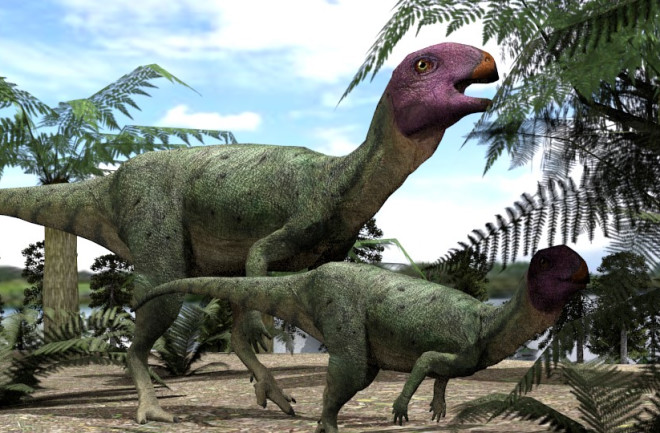In the latest paleontological news from Thailand, a group of paleontologists has uncovered the remains of a new dinosaur called Minimocursor phunoiensis, which translates to “smallest runner” in Latin. This small plant-eating dinosaur is believed to have run in herds and occupied a lower position on the local food chain. While roaming the land, Minimocursor would have had to evade larger predators, such as the metriacanthosauridae theropods that came before the mighty Tyrannosaurus Rex. What makes this discovery even more remarkable is that the skeleton is one of the best-preserved ever found in Southeast Asia. The fossils were uncovered in the Kalasin province in northeastern Thailand and the team from the Palaeontological Research and Education Centre at Mahasarakham University has spent over a decade classifying the bones before sharing their findings with the world. The fossils were found in a bone bed, a dense layer that provides valuable insights into the ecosystem in which these dinosaurs lived.
In addition to the Minimocursor discovery, paleontologists in the region have identified other species, including a freshwater hybodont shark, a lungfish, a type of turtle, and crocodylomorphs, which are related to modern-day crocodiles. The land where these fossils were found is part of the Phu Kradung Formation, which spans across a plateau in northeastern Thailand. This suggests that the “Minimo” dinosaur lived during the Late Jurassic period, approximately 145 million to 164 million years ago. The skeleton was embedded in “brownish-purple and greenish-grey sandy siltstones,” as described in the research paper, and extensive efforts were made to catalogue the fossils.
Sita Manitkoon, a member of the Palaeontological Research and Education Centre, expressed her excitement about the discovery in an interview with the Australia Broadcasting Corporation, stating, “I’m 34 years old and, well, I found a new dinosaur. It’s very, very exciting. Previously, Thai dinosaurs were usually found as isolated bones, just fragments like leg bones or vertebrae. But in this case, we found a complete articulated skeleton, so it’s truly special.” Experts have already noted the exceptional condition of Minimocursor’s hands and the discovery of “jugal boss” bones protruding from the sides of the dinosaur’s head.
According to the team, Minimocursor measured approximately 6.5 feet in length. However, the specimen discovered is a juvenile and only comparable in size to a medium-sized dog. Paleontologists have classified Minimocursor as a neornithischian dinosaur, similar to the ornithischian dinosaurs found in China. These dinosaurs were agile and herbivorous, similar in size to chickens. Neornithischians have diverse appearances but share a unique adaptation in their teeth. The teeth have an uneven enamel covering, resulting in sharp edges that aid in breaking down tough plant material.
At 150 million years old, Minimocursor represents the earliest neornithischian discovered in southeast Asia. This find is crucial in furthering our understanding of the evolutionary process in both this group and the larger ornithischians. The team of researchers is currently examining more bones of M. phunoiensis, including another skull. Many similar-looking fossils have been found in the Phu Kradung Formation, indicating that numerous dinosaurs once inhabited and perished in this area. In 2014, a paper was published announcing the discovery of a feathered neornithischian dinosaur that lived during the Jurassic period in Siberia.
For just $1.99, you can continue reading our exclusive content. Subscribe now or log in if you’re already a subscriber.
